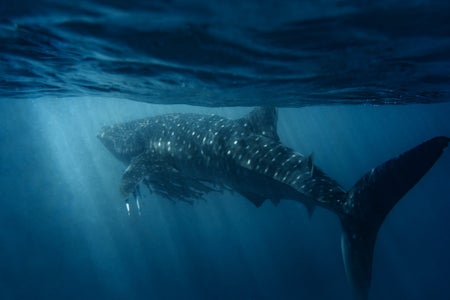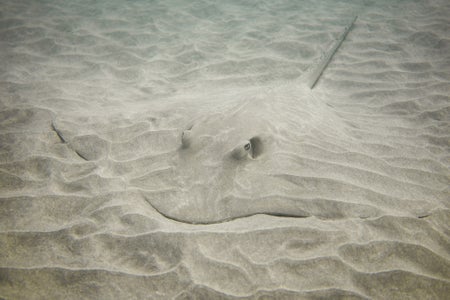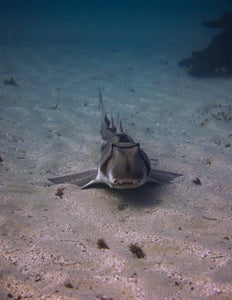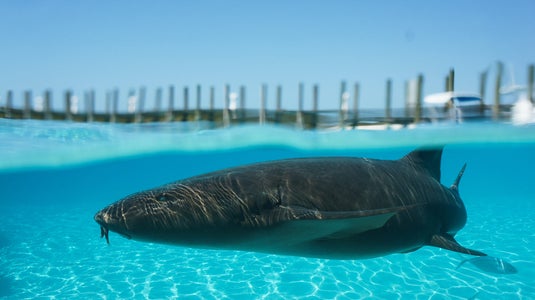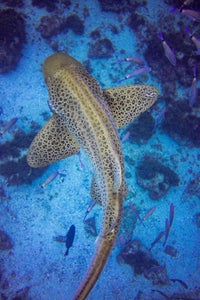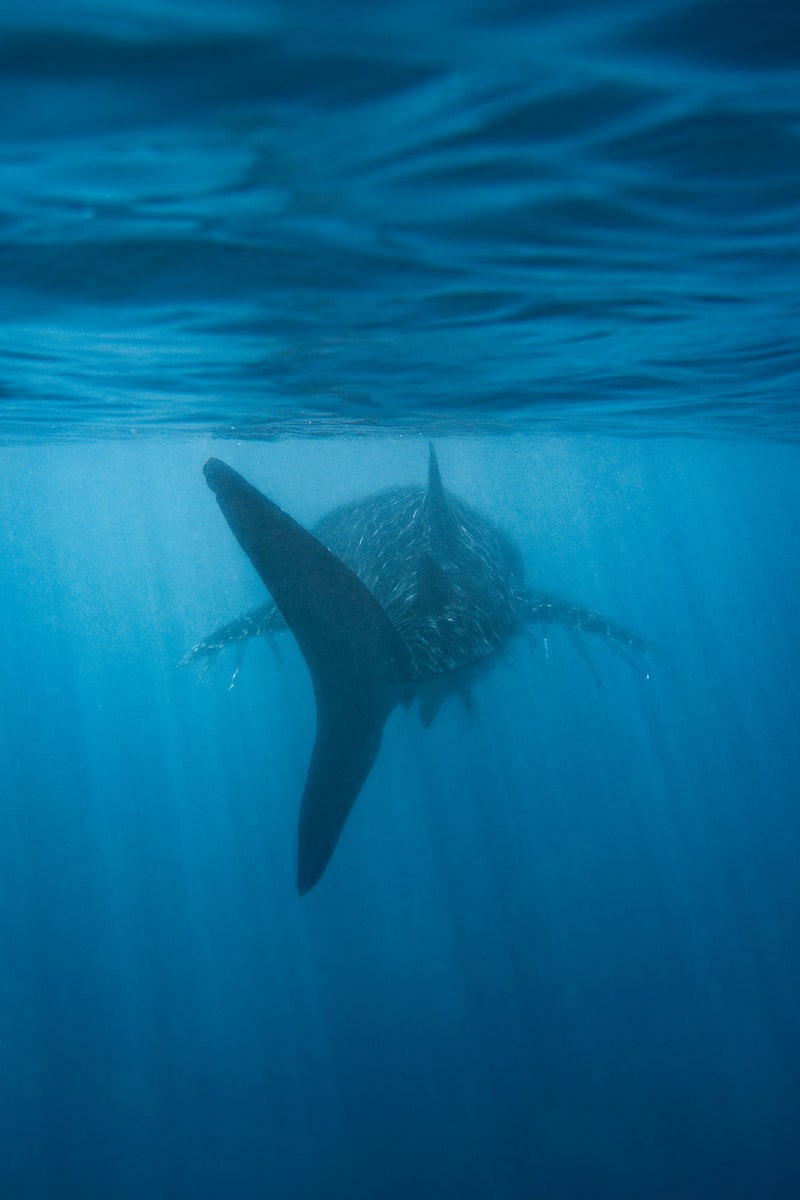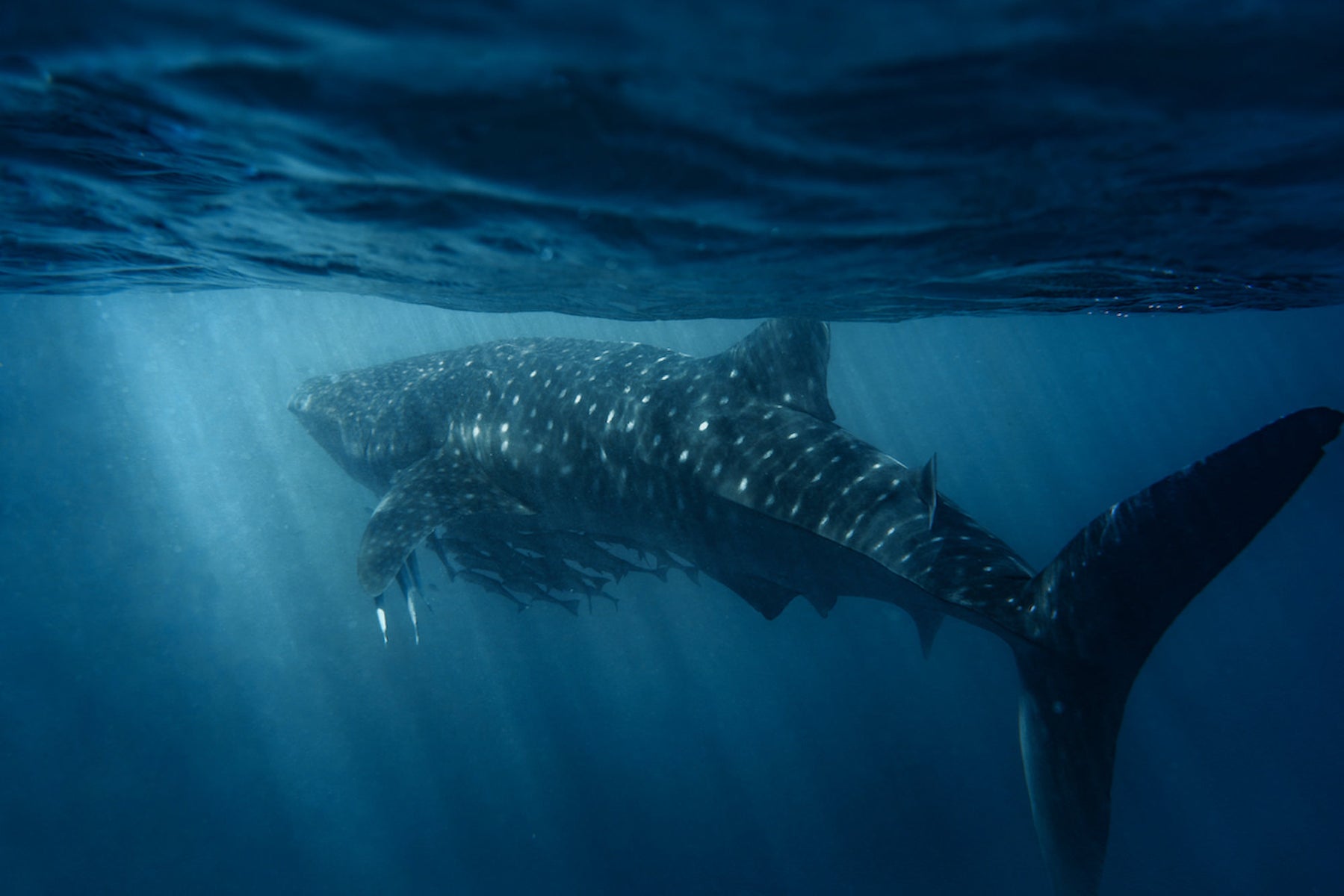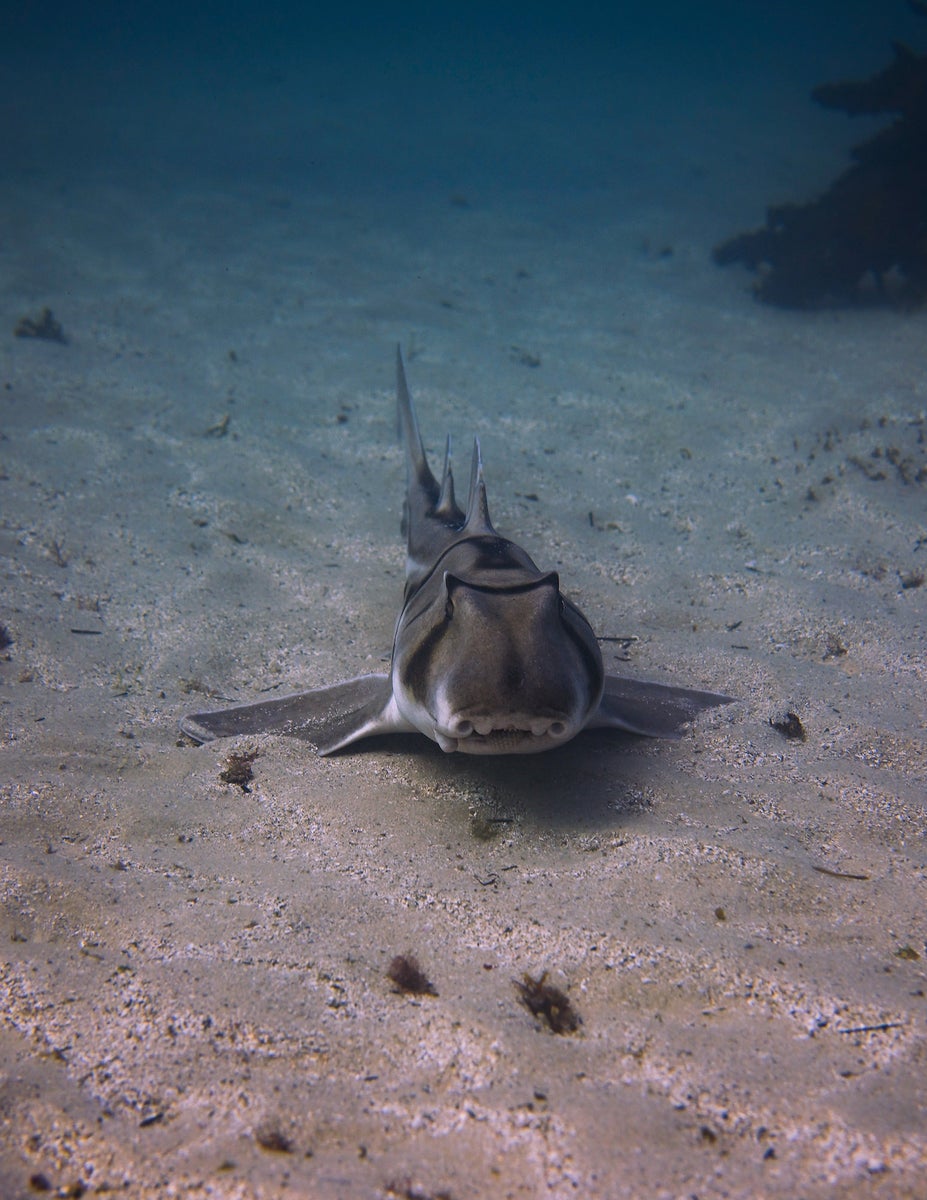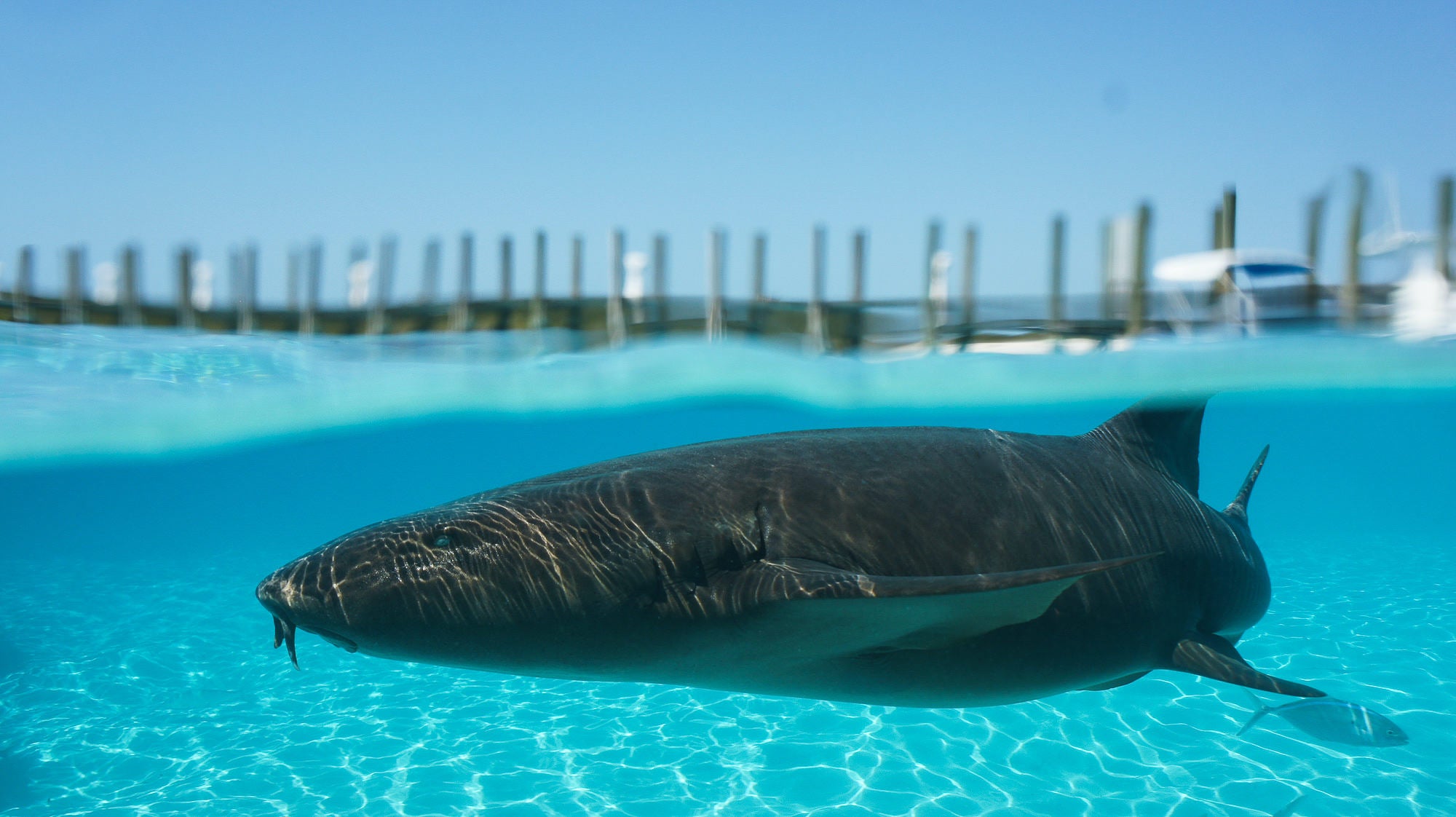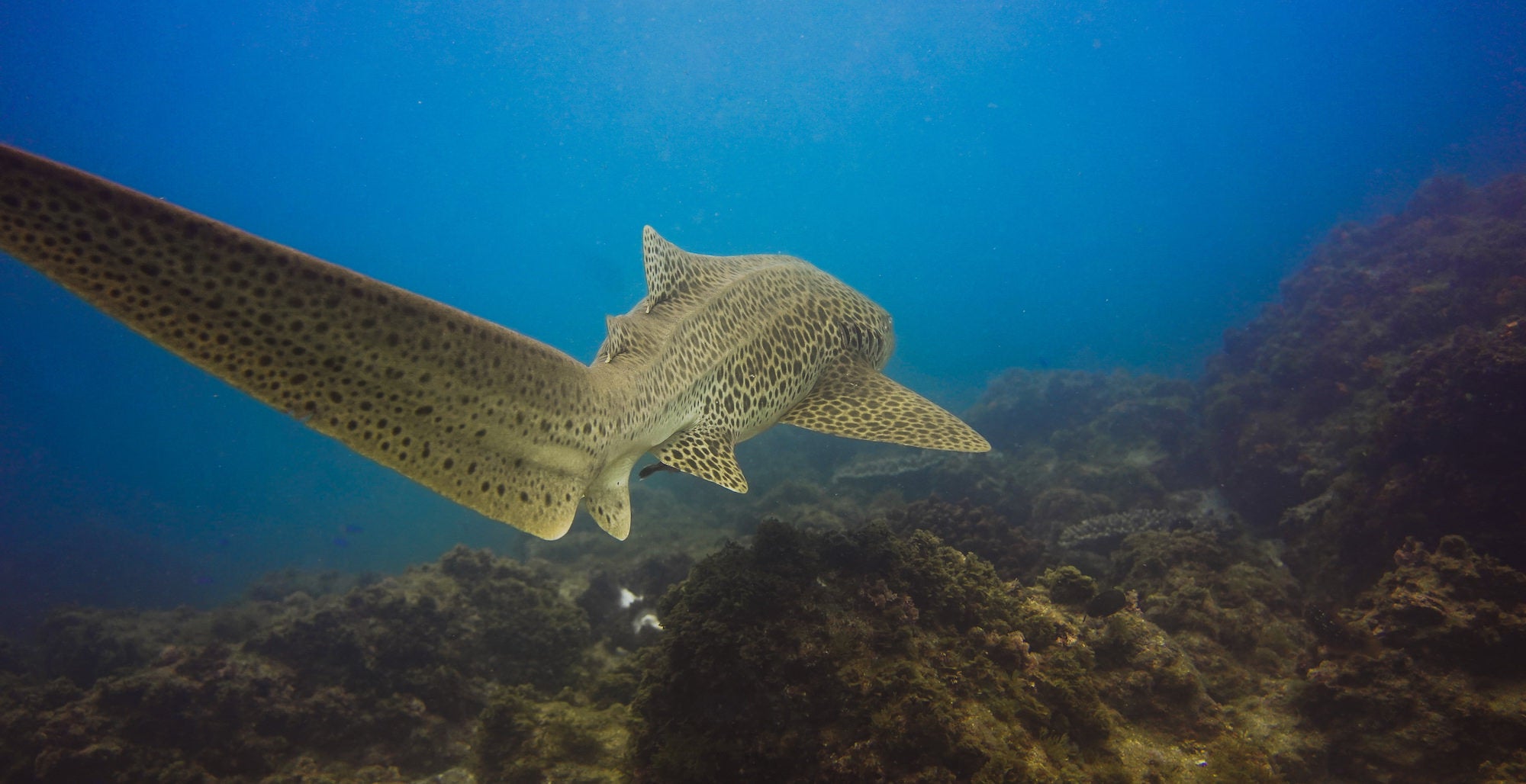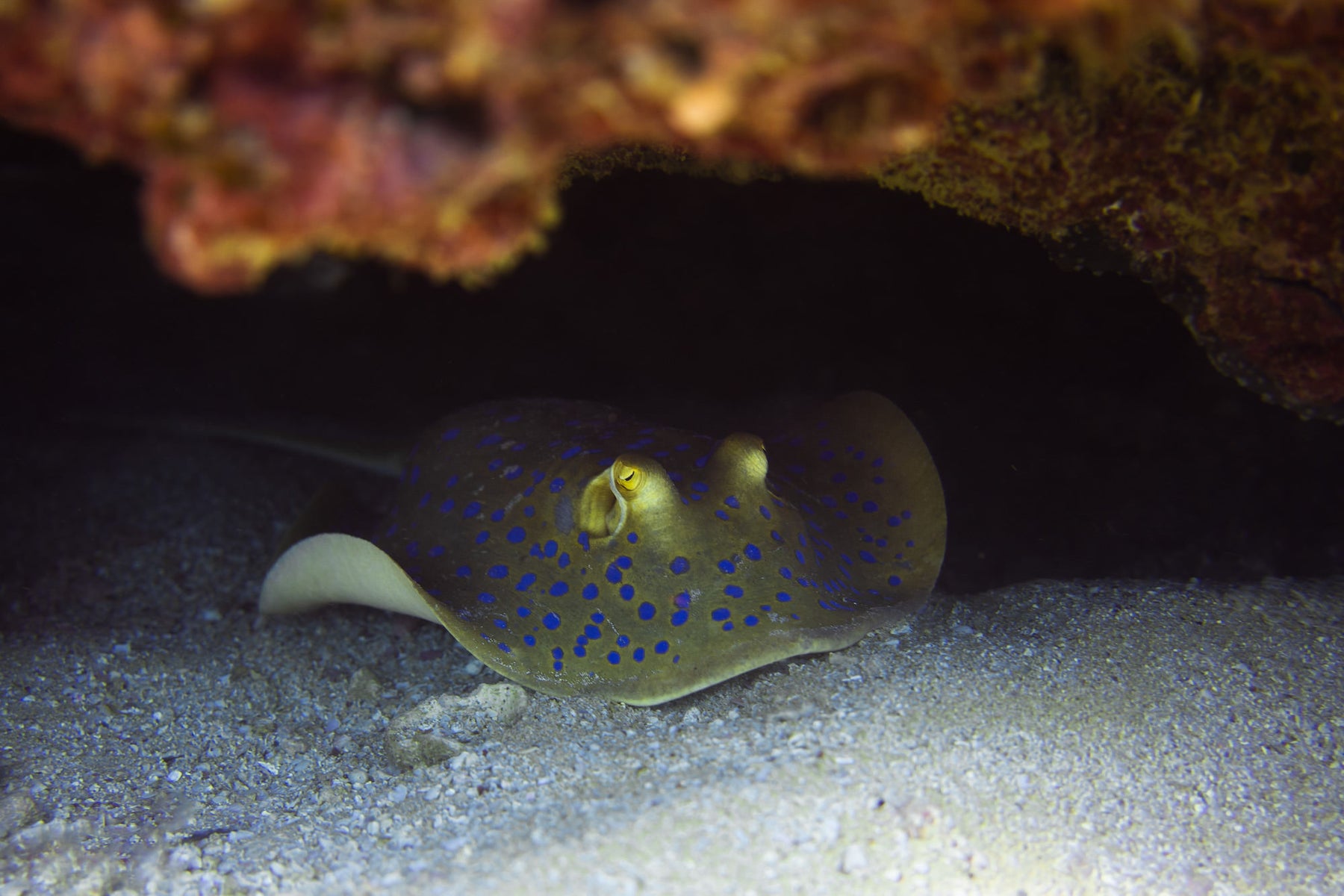If there's one thing to know about Gillian Shark (@gillian.shark), it's that she's passionate about sharks. “My initial fear of sharks turned into a fascination and passion for these incredibly misunderstood animals once I saw them in their natural habitat during one of my first dives,” she explains. “In 2016, I started with underwater photography, specializing in shark photography. The main aim of my photography is to raise awareness, educate people about the importance of sharks for our ecosystem, and to portray sharks in an aesthetically beautiful way.” Gillian, who publishes her images under her artist name Gillian Shark, aims to give people access to a different world they might not have the chance to explore themselves. We caught up with her to learn more about the gear she uses for her underwater photography. Keep reading as she shares the Sony camera and Sony lenses that allow her the quality and flexibility to achieve her creative goals.
Product Preview – In This Article You'll Find:
–Sony Alpha 7 III
–Sony 35mm f/2.8

Camera
Sony Alpha 7 III: After winning a photography competition and receiving a voucher for new camera gear, I decided to upgrade my camera setup and I finally bought a Sony Alpha 7 III which I’ve wanted to do for a long time. The quality and sharpness of this camera just blows my mind! Because I only use natural light for my underwater photography, the impressive low light quality is extremely important.
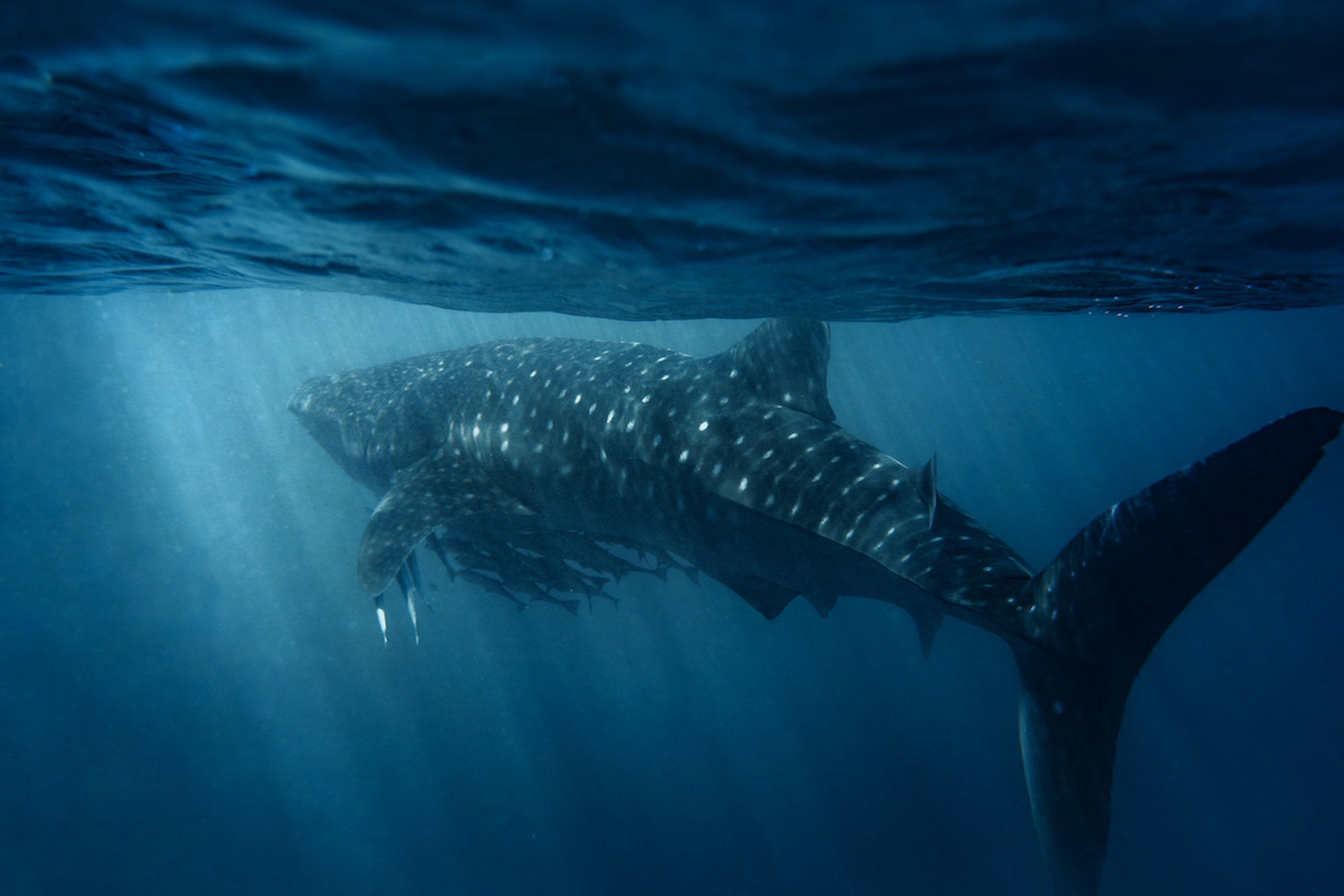
Photo by Gillian Shark. Sony Alpha 7 III. Sony 35mm f/2.8. 1/160-sec., f/5.6, ISO 100
This camera also has fantastic autofocus and great button customization which makes accessing settings under water much easier. Another feature I appreciate a lot is the battery life. I usually go on several dives a day which makes it impossible to charge the battery and challenging to change it with a spare battery. One of the most annoying situations is when you’re trying to get THAT shot you’re visualizing and then run out of battery – trust me I’ve been there with previous cameras. The flip-out screen is something I like using when I’m taking pictures out of the water – like for e.g. flowers, land animals, landscapes, etc.
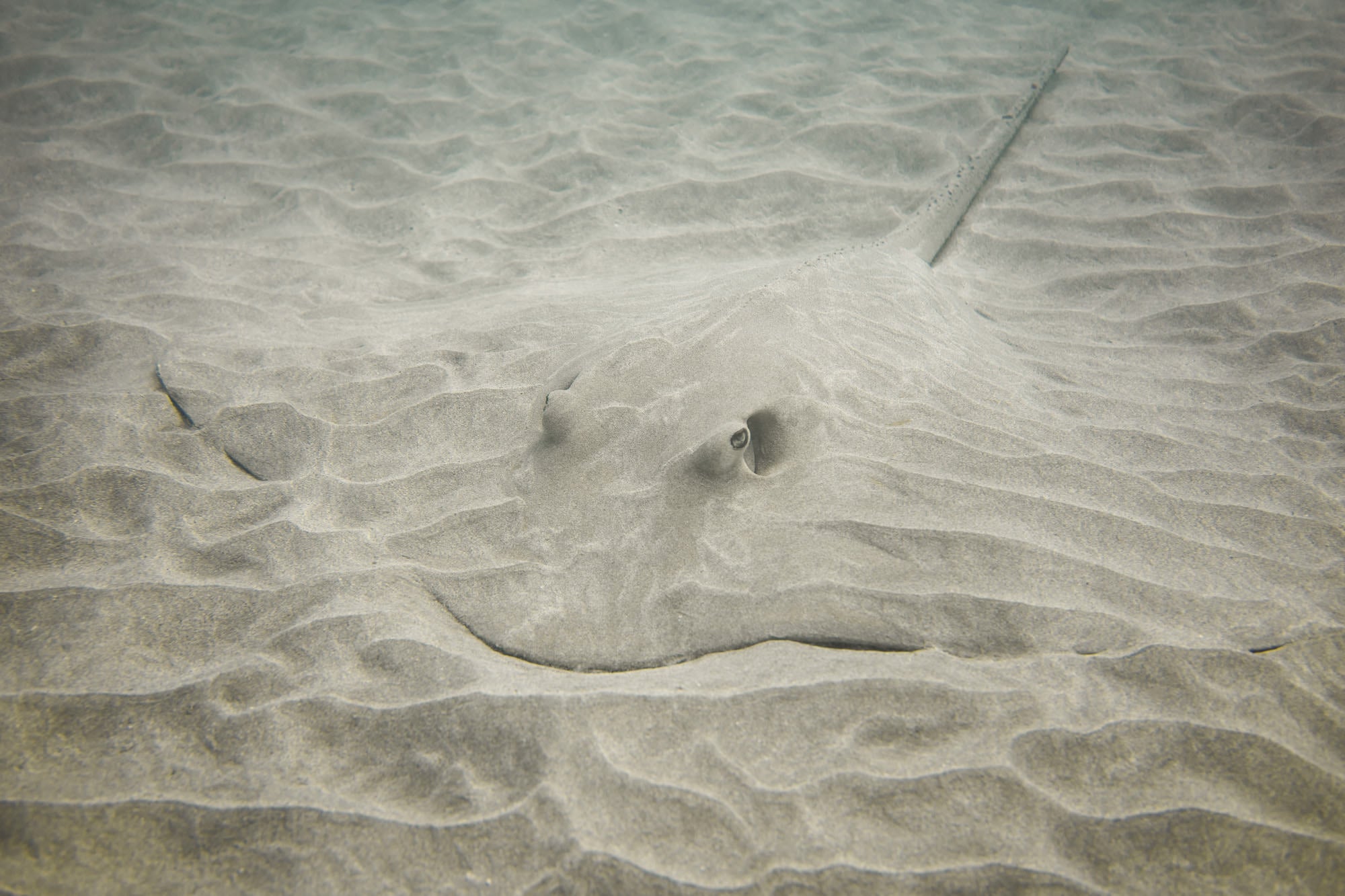
Photo by Gillian Shark. Sony Alpha 7 III. Sony 35mm f/2.8. 1/80-sec., f/4, ISO 100
Lenses
Sony 35mm f/2.8: When I bought my Sony setup I decided to go with this Sony 35mm f/2.8 lens – and I’m glad I did. The sharpness and quality of the pictures are very impressive. The lens itself is not too heavy or big, which is great for underwater photography as the set up can get quite bulky. Moreover, having the ability to go to f/2.8 is important to me since I don’t use any strobes.
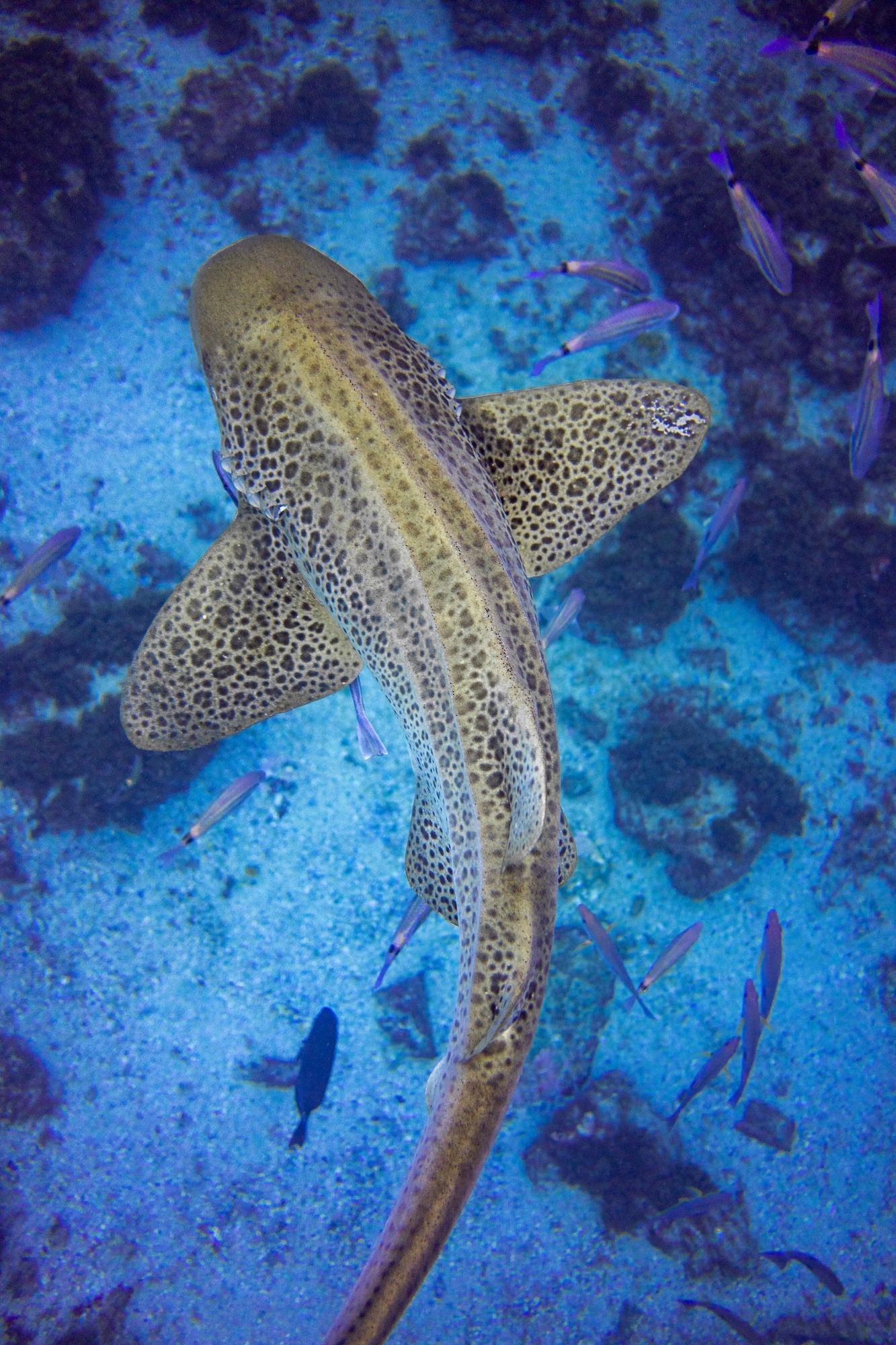
Photo by Gillian Shark. Sony Alpha 7 III. Sony 35mm f/2.8. 1/160-sec., f/2.8, ISO 2000
This picture below is one of the first ones I took with my Sony Alpha 7 III and Sony 35mm f/2.8 setup. I was on a dive in the Maldives when some batfish started coming closer and playing with our bubbles. Because we were doing our 5 minute safety stop and basically had to wait 5 minutes in the open ocean I had time to photograph this fish that kept swimming back to me. After the dive I looked at the photo and I was just blown away by the detail of this shot. It’s incredibly sharp and crisp and the colors are stunning.
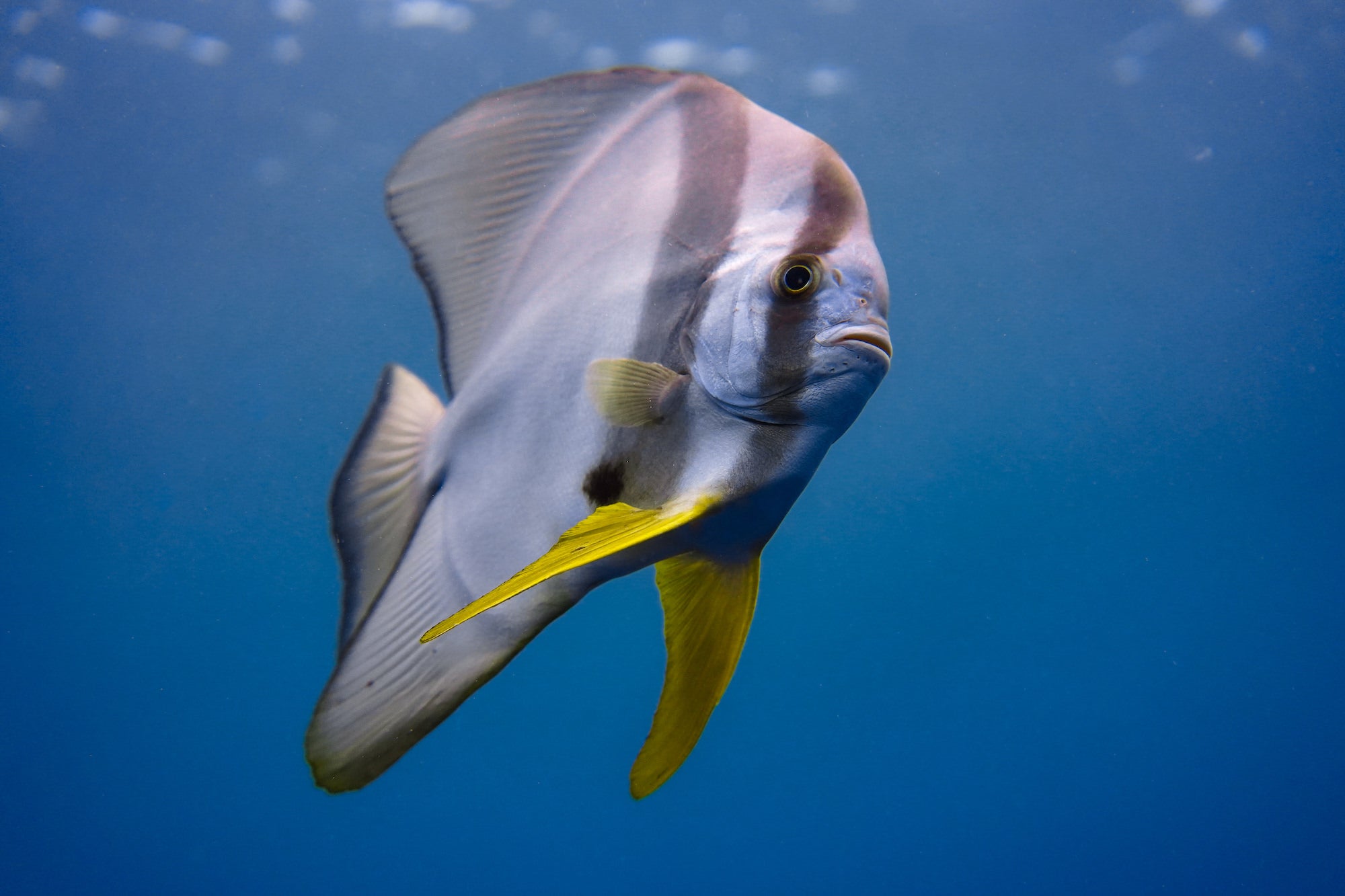
Photo by Gillian Shark. Sony Alpha 7 III. Sony 35mm f/2.8. 1/2000-sec., f/4, ISO 2500
Accessories
Isotta Underwater Housing: This underwater housing by Isotta is really handy. The position of the handles and the buttons are very ergonomic. Although it’s heavy, it doesn’t feel bulky. The quality of the housing is great and I never have to worry about my camera even when I’m diving at 25+m. I feel secure and the camera is easy to operate (also when wearing gloves).
Photo by Gillian Shark. Sony Alpha 7 III. Sony 35mm f/2.8. 1/40-sec., f/2.8, ISO 125
Dive Mask: I love my mask from Project Hiu. Not only does it protect my eyes and makes it possible for me to see under water but it also supports a great cause. Project Hiu is an organization that employs ex shark fishermen in Indonesia and brings them an alternative income with ecotourism.
See more of Gillian Shark’s work on Instagram @gillian.shark and on her website gillianshark.com.

